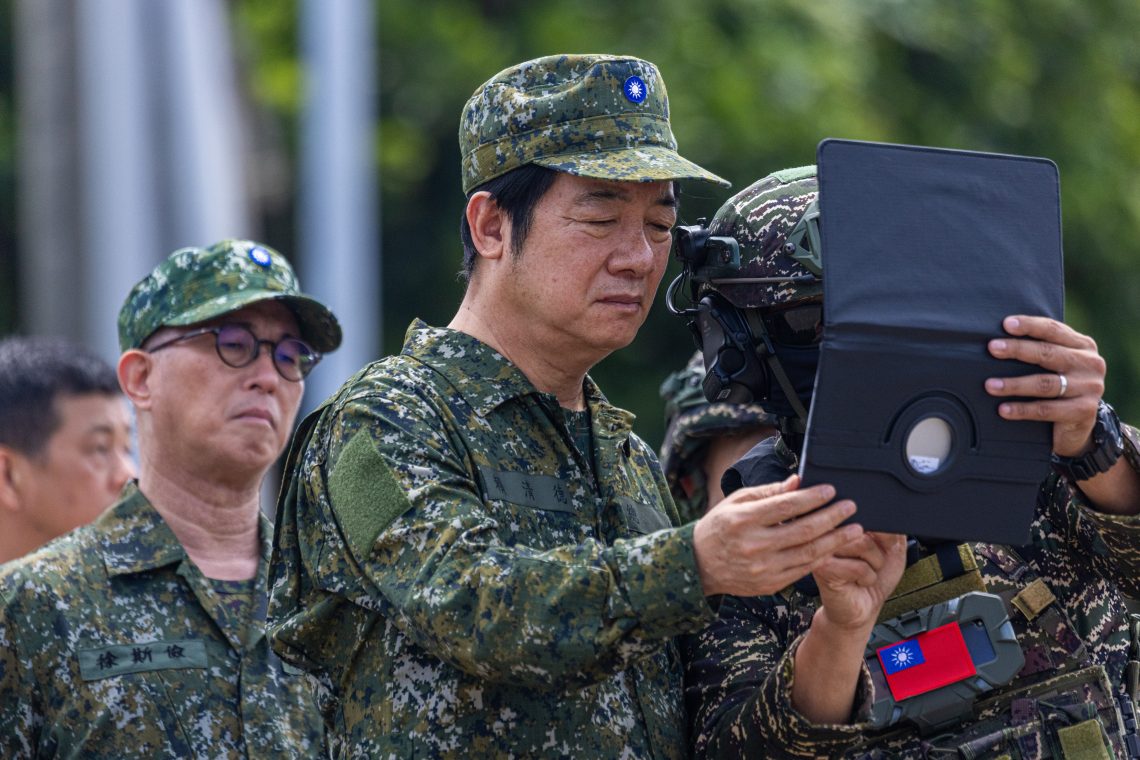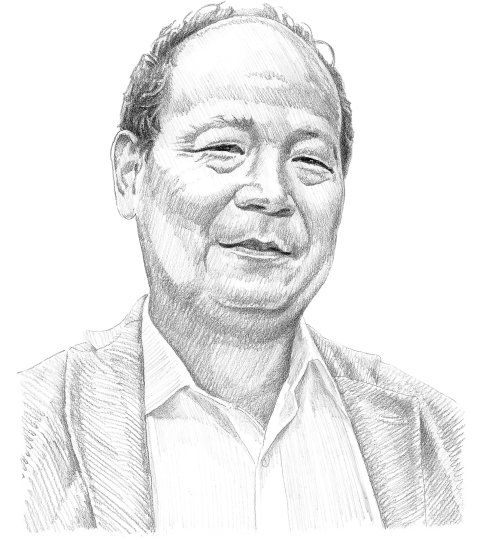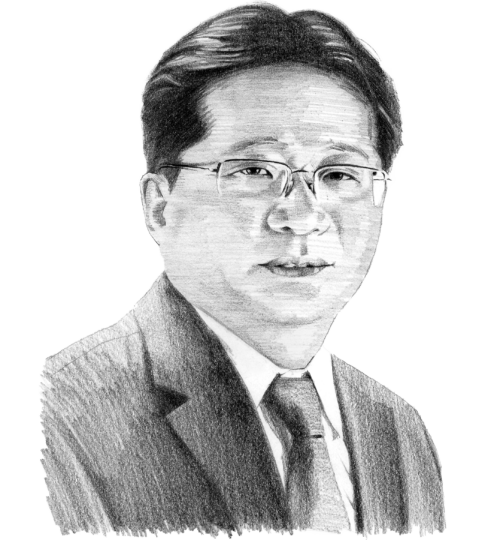Will there be a second Xi’an Incident in Taiwan?
China employs a mix of military pressure and internal division tactics to influence Taiwan’s political landscape and push for eventual unification.

In a nutshell
- China escalates military pressure while sowing division within Taiwan
- Mass recall campaign by DPP failed to unseat pro-China KMT legislators
- DPP needs to change its approach to dealing with KMT and China
- For comprehensive insights, tune into our AI-powered podcast here
The difference between Chinese President Xi Jinping and Russian President Vladimir Putin seemingly lies in their approaches to conflict. President Xi understands the importance of exhausting all nonviolent avenues before considering force. Unlike his Russian counterpart, he appears less determined to act impulsively.
In other words, President Xi has likely given much more thought to the physical, political and technical hurdles associated with conquering Taiwan than President Putin did prior to his invasion of Ukraine.
The Xi’an Incident and its possible reprise
To address the Taiwan issue, China has adopted a blend of assertive and subtle strategies. On one hand, Beijing has intensified military pressure, frequently deploying warplanes and naval vessels to encroach on Taipei’s territorial waters, blaming the rising tensions on what it calls the “Taiwan independence” actions of Taiwanese President Lai Ching-te and his administration. On the other hand, China is working to sow division within Taiwan through various tactics.
Beijing views the island state’s ruling Democratic Progressive Party (DPP) as a major adversary, while pinning high hopes on the opposition Kuomintang (KMT) party. In recent years, meetings between China’s top leaders and key KMT figures have become more frequent.
The optimal strategy for the Chinese Communist Party (CCP) to gain control of Taiwan involves escalating tensions between the opposition and the ruling party, with the aim of inciting a coup inside the country, particularly within the military. Beijing hopes that this would lead to President Lai being placed under house arrest, creating an opportunity for China to send troops to restore order.
This approach could help Beijing effectively “unify” Taiwan with minimal resistance and losses. Gao Zhikai (Victor Gao), vice director of a CCP think tank, has dubbed this scenario the “Second Xi’an Incident.” The first Xi’an Incident occurred on December 12, 1936, during Chiang Kai-shek’s leadership, when his own subordinates placed him under house arrest, forcing him to align with the CCP’s agenda.
Facts & figures
The Xi’an Incident of 1936
The Xi’an Incident was a major political crisis in China, unfolding from December 12 to 26, 1936, in Xi’an, the capital of Shaanxi province. Soldiers of the Northeastern Army, led by General Zhang Xueliang, arrested Chiang Kai-shek, the leader of the Nationalist government of China, during his visit to Xi’an for a troop review. Zhang insisted that Chiang agree to a ceasefire in the Chinese Civil War, aiming to forge an alliance between the Nationalists and the Chinese Communist Party (CCP) to combat Japanese expansion.
Subsequent negotiations between Chiang and the CCP resulted in a verbal agreement on forming the Second United Front. Although Chiang publicly denied the terms he accepted during his captivity, he continued to engage secretly in talks that eventually paved the way for the alliance.
Beijing and Taiwan politics
The animosity between the CCP and the DPP largely stems from the former’s rigid stance and the misinformation it spreads. David Lee, the former chairman of the Straits Exchange Foundation, former foreign minister of Taiwan and a member of the Kuomintang, has recently published a new book. In it, he reveals that back in 2016, when then DPP leader Tsai Ing-wen was inaugurated as the newly elected president of Taiwan, she signaled a desire for cross-strait peace and encouraged dialogue with the CCP. However, several Taiwanese KMT politicians, motivated by their own interests, cautioned Beijing against welcoming the friendly overtures made by President Tsai during her inauguration.
The CCP followed their advice, which deepened the divide and fueled the resentment between the CCP and the DPP that persists today.
Nevertheless, the KMT is not a monolithic entity. The older generation of KMT members, influenced by historical and ethnic ties, harbors a strong unification sentiment. They believe Taiwan and China should ultimately reunify. In contrast, younger KMT members and their supporters do not consider this issue urgent or critical. However, all party members seem to share the belief that by adopting a more moderate stance on Beijing, they can achieve peace across the Taiwan Strait.
Despite the efforts of some KMT members to curry favor with the CCP, they are generally aware – at least outwardly and rhetorically – of the importance of setting boundaries: that is, that China should respect the will of all Taiwanese voters. Still, they consider peaceful reunification as both realistic and attainable.
The DPP holds a more pessimistic view, believing that a military takeover is unavoidable. An authoritarian China is unlikely to accept a democratic regime. It believes that Beijing is confident in its ability to use force to conquer Taiwan, making the likelihood of the CCP resorting to military action to annex the island quite high. Therefore, Taiwan must be thoroughly prepared to counter any attempts at “reunification by force.” As a result, the focus has shifted to national security, prioritizing it over any notions of reconciliation with the CCP.
These differing perceptions of the CCP have led to a noticeable divergence in the policies of the KMT and DPP regarding China, which in turn greatly influences Taiwan’s internal politics. It should be noted that the current political landscape in the country is distinct from the era of President Tsai. The DPP’s decade-long dominance, which began after the Sunflower Student Movement in 2014, has ended. The KMT will continue to retain a majority in the Legislative Yuan, the Taiwanese legislature in Taipei. Meanwhile, the DPP, now led by President Lai, appears less diplomatic and adaptable in its approach to the opposition compared with the Tsai administration. As some observers have remarked, “Compromise and communication seem to be absent from Lai Ching-te’s vocabulary.”
Taiwan’s mass recall movement
In recent years, the DPP has made several strategic missteps in gauging public sentiment while navigating relationships with opposition parties and the CCP.
Foremost among those was the mass recall campaign in late July. Spearheaded by a civic group and backed by the ruling DPP, it sought to remove 24 pro-China KMT members from office. It was the largest recall vote in Taiwan’s history. To gain a temporary majority in the legislature, the DPP needed to recall at least 12 KMT members. The official reason for the recall was that the “pro-China” legislators were undermining national security.
However, the voters who opposed the recall questioned whether the DPP’s attempt to control the Legislative Yuan was consistent with the spirit of democracy. Ultimately, the majority of the voters did not recall any of the KMT legislators.

Why the anti-recall campaign succeeded
In late June, President Lai launched a nationwide speech tour, focusing on “national unity” and accusing KMT legislators of acting as agents for the CCP. During a speech on June 24, he labeled the opposition party an “impurity” that needed to be “hammered out.” This sparked outrage among opposition supporters, with some radical KMT and People’s Party backers even calling the Lai government a dictatorship.
While it is true that some members of the KMT lean toward a very pro-China stance, President Lai has not effectively leveraged the opposition party’s foundational principles, namely the constitution and the concept of Taiwan as a sovereign state, at least not in his rhetoric. Furthermore, he has overlooked the importance of engaging with the younger KMT members, who tend to have stronger attachments to democratic ideals than to the CCP.
The DPP also struggled with its campaign strategy. While the party framed the recall as a matter of national security, its leader has not taken a prominent role in championing the cause. The KMT boasts a much stronger organizational presence and a robust service network, particularly in local elections, which far surpasses the capabilities of the pro-recall nongovernmental organizations to mobilize supporters. These recall groups faced significant challenges in reaching middle-class voters and locals who prioritize economic issues and public services. As a result, the national issue of “resisting China and protecting Taiwan” was unlikely to emerge as a deciding factor in the campaign.
More by Chinese affairs expert Junhua Zhang
- China’s arms industry gains ground amid India-Pakistan clash
- Will Trump’s plan to split Russia and China succeed?
- The U.S.-China rare earths gambit: Who blinks first?
On the KMT side, the messaging to rally public opposition to the recall seemed to adopt a more reasoned approach. Additionally, the KMT has proactively sought to align itself with supporters of the People’s Party. The “grassroots” voters of the People’s Party, primarily young, well-educated men, excel in creative online propaganda and played a significant role in bolstering the KMT’s anti-recall momentum. Influencers who back the People’s Party create compelling, high-traffic videos that effectively sway middle-class voters.
After President Lai took office in 2024, Ko Wen-je, the head of the People’s Party, became embroiled in a bribery scandal that led to his prosecution and detention. As the situation unfolded, supporters of the People’s Party claimed it was an instance of judicial persecution. This belief further fueled anti-DPP sentiments and indirectly contributed to the growing opposition to the recall vote.
What has the recall campaign achieved in Taiwan?
The DPP’s failure this time will have major repercussions for the effectiveness of its “resisting China and protecting Taiwan” narrative. It may embolden the radical elements within the KMT party, making them feel that their pro-China stance has gained some legitimacy.
The end of the recall campaign signals that the rivalry between the KMT and the DPP is set to intensify. When Taiwan’s political leaders become mired in internal party conflicts, it becomes increasingly challenging to devise effective strategies to address the pressures from Beijing. Moreover, managing relations with Washington will also be drastically hampered.
Throughout the recall process, Beijing intervened in a low-key manner, indicating that it had learned from previous interventions that sparked backlash. However, China clearly views the outcome of the recall movement as a testament to the effectiveness of its combined soft and hard strategies. In the future, the CCP’s influence in Taiwan is likely to deepen further. That said, Beijing will not ease its military pressure; the dual strategy will continue unabated.
The DPP camp might attribute the majority of votes against the recall to the influence of China, using it as the main reason to criticize the outcome. However, the party’s failure clearly indicates that a significant number of Taiwanese people are not as averse to China as the DPP anticipated. Additionally, many young people seem to have a limited understanding of the CCP and its history. If this trend continues, the DPP’s narrative about the threat from China may start to lose its impact.
While the DPP may not hold the same level of dominance it once did, the sense of “Taiwanese identity” within the country remains unchanged. Recent polling from National Chengchi University shows that Taiwanese identity and the desire to maintain the status quo have not changed. What has really changed is that the political party landscape is becoming more competitive.
Scenarios
Most likely: Escalating hostility from China and impeachment pressure
China intensifies its hostility against the current administration, leading to increased antagonism between the KMT and DPP. The recall is transformed into emotional mobilization for an impeachment campaign against President Lai. As Taiwan approaches the local elections in 2026 – often seen as a quasi-presidential “midterm exam” – and the presidential election in 2028, it is likely that the opposition will push for President Lai’s resignation. If Mr. Lai does step down, it will likely offer the CCP a chance to improve cross-strait relations. A military invasion of Taiwan will be postponed, at least in the short term. Yet, the developments will not be necessarily in favor of Taiwan’s democracy.
Less likely: DPP’s strategic pivot to cooperation
The DPP cabinet and the Legislative Yuan caucus undergo a major reorganization, shifting their strategy vis-a-vis the opposition party. President Lai moves away from his previous stance and begins to engage in dialogue between the government and the opposition. He will no longer view the opposition as an adversary but as a competitor with whom to engage. In addition, he commits to upholding the constitutional provision that the executive branch is responsible to the legislature and will consult the Legislative Yuan on key policies.
Taiwan begins to engage with Beijing more effectively and diplomatically. Confronted with this situation, the Chinese government would have little choice but to take its time in crafting a new policy on Taiwan.
Unlikely: China orchestrates a second Xi’an Incident in Taiwan
Beijing capitalizes on Taiwanese discontent with President Lai, working with the KMT to paint the government as authoritarian. They promote the CCP as benevolent and just, paving the way for a second Xi’an Incident in Taiwan. This could lead to Chinese police or military being invited to the island to maintain order. In other words, an invasion of Taiwan by force coordinated with KMT would take place.
Contact us today for tailored geopolitical insights and industry-specific advisory services.









